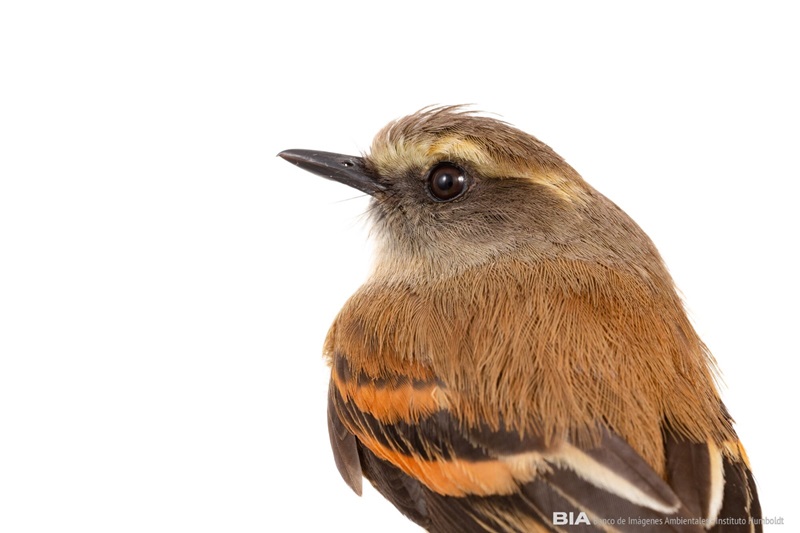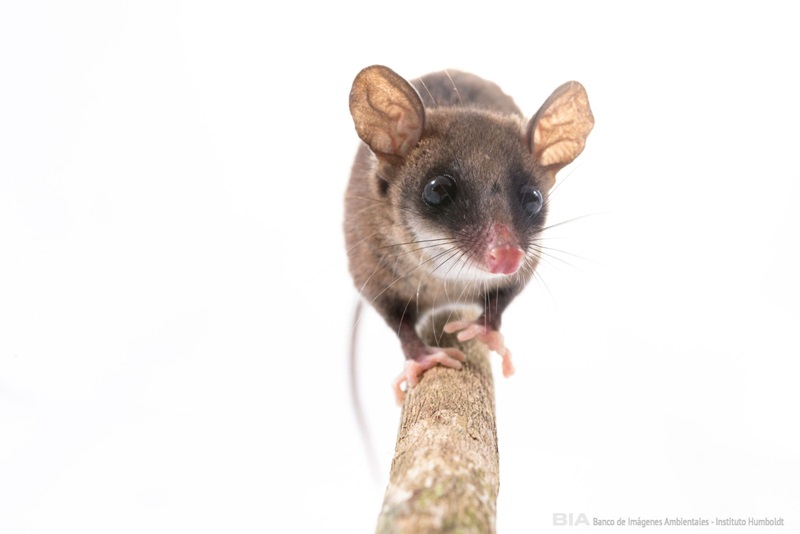Q&A
 1. What is the Convention on Biological Diversity?
1. What is the Convention on Biological Diversity?
It is an international agreement to which most of the countries of the world are party, with the purpose of coordinating the necessary actions to guarantee the conservation, sustainable use and distribution of the possible benefits from the use of biodiversity, in scenarios that contribute to sustainable development and the well-being of people.
2. What does COP mean?
COP is the abbreviation for "Conference of the Parties". It refers to the meeting of the countries that have signed or are party to a particular international convention. In this case COP16 is the Sixteenth Meeting of the Parties (countries) that are members of the Convention on Biological Diversity and will be held in Cali, Colombia.
3. How many COPs are there on environmental matters?
There are as many COPs as there are Multilateral Environmental Agreements. The most famous are those deriving from the three United Nations conventions that emerged as a result of the Rio de Janeiro Conference (1992): the United Nations Framework Convention on Climate Change, the Convention on Biological Diversity and the United Nations Convention to Combat Desertification. Of the three mentioned, the most renowned is probably the COP on Climate Change and there is a tendency to associate the term COP with the Conference of the Parties of this convention only. However, each convention has its COP and the number that accompanies it serves to identify how many times it has met, such as the COP of the Convention on Biological Diversity that has met 15 times since 1994 and, therefore, Colombia will host the meeting number 16 (COP16).
4. What happens at a COP and why is it important?
The COPs are important because they bring together all the members of an agreement to review progress, negotiate positions on particular issues of interest to the agreement and make decisions on technical issues in accordance with the nature of the agreement, as well as operational and operational issues.
5. What about the Decisions made at the COP?
Since it is an international agreement between States, the decisions taken at the COP become binding for the member countries, i.e. they are mandatory and the countries must take steps at the national level to comply with them, either by incorporating them in their policies, in their regulatory framework, or by allocating resources and other activities necessary to carry them out.
6. Why is COP 16 being held in Colombia and particularly in Cali?
According to the rules of procedure of the Convention on Biological Diversity, the COPs are held in a country that offers to host it, which are rotated among the different regions of the United Nations. Colombia, headed by the Minister of Environment and Sustainable Development, Mrs. Susana Muhammad, officially applied to host the COP16. This postulation is due to the strategic importance and natural wealth of Colombia, the third most biodiverse country in the world, with more than 67,000 registered species of fauna and flora".
Several cities expressed their desire to host the COP, however given the logistical requirements, only Cali and Bogota were endorsed by the Secretariat of the Convention and the National Government finally chose the city of Cali as the next venue for the COP16.
7. How often are these COPs of the Convention on Biological Diversity held?
The COPs of the Convention on Biological Diversity are held every two years and bring together the Convention and its two Associated Protocols: the Cartagena Protocol on Biosafety and the Nagoya Protocol on Genetic Resources.
8. Who participates in COP 16?
On one hand, the official delegations of the countries participate, i.e., the team designated by each government to represent them in the official discussions held in the Blue Zone. However, on the margins of COP16, the Green Zone will also be set up as a space for the involvement of civil society, non-governmental organizations and other stakeholders interested in the integrated management of biodiversity.
9. What is the COP 16 slogan and what does it mean?
The slogan defined by Colombia as host country is "Peace with Nature". This theme is of great importance for Colombia due to the Peace Agreement already signed and other ongoing processes, and for other countries facing a similar situation. It is also in line with the United Nations call to make peace with nature, referring to how our consumption and production systems are destroying the environment.
10. What is the COP 16 Logo and what does it mean?
The logo is inspired by the Inírida flower, a species endemic to Guainía, which grows in the ecosystem of the region's white sand flooded savannah. It is known as the eternal flower, since when it dries it maintains its structure and does not lose its shape over the years. This flower is the logo of COP16 and brings together the 23 targets of the Global Biodiversity Framework. It also represents the 13 strategic Ecoregions of Colombia, prioritized by the National Development Plan.
11. How is private sector involved in COP 16?
The private sector has several spaces for involvement, especially the Business and Biodiversity Forum, which is a recurring scenario in the COPs. The private sector can also serve as a sponsor of parallel events, the organization of business rounds and sectoral dialogues on the margins of the Conference and participation in the Experiences Fair normally offered by the COP.
On the other hand, the host country has the opportunity to promote different sectors such as tourism, gastronomy, culture, etc.
12. How is civil society involved in COP 16?
First, a civil society organization can register on the CBD webpage when registration is enabled to participate as "Non-Parties" in the sessions. Additionally, people as individuals may participate in the spaces enabled by the Mayor's Office of Cali. Under the slogan "Downtown Cali will be the place that will give color to COP16", the Mayor's Office will set up cultural exhibitions and sustainable entrepreneurship fairs in which citizens will be able to participate in a broad manner.
13. What are the priority topics for COP16?
The central topics are: a) the review of the state of progress of the implementation of the Framework, and in particular the evaluation and adjustment of the National Biodiversity Strategies and Action Plans (NBSAPs); b) Progress in the agreements on the monitoring framework and the system of Indicators that should accompany the 23 targets of the Kunming-Montreal Global Framework; c) The achievement of agreements on resource mobilization, particularly from the Biodiversity Trust Fund in the context of the GEF; d) The finalization and operationalization of the multilateral mechanism on the fair and equitable sharing of benefits arising from the sustainable use of information on digital sequences of genetic resources and; f) The peer review of the strategy for knowledge management to support the implementation of the Biodiversity Management Framework.
14. What does hosting COP 16 mean for Colombia?
Hosting a COP is a milestone for Colombia's international relations, as well as an opportunity to make visible the country's achievements in biodiversity conservation, and to strengthen its leadership in the global biodiversity and sustainable development agenda. Colombia as host country of COP16 will be responsible for:
- To chair the Conference of the Parties from this COP until COP17.
- Lead the thematic and logistical organization of COP16.
- Chair the High-Level Segment of the COP, in which Heads of State, Ministers and other dignitaries of the countries participate.
- Facilitating and mediating in sensitive issues and delicate moments in negotiations.
- Lead the efforts of the international community to achieve the objectives of the Convention in the period between COP16 and COP17.
